Designing Within the Four Corners of the Law
It is important to understand the contract that secures your product from being imitated by a competitor. Each corner symbolizes multiple aspects of IP law that an individual or company can pursue.
What is the first thing you think about when developing a new product or service? Is it the overall look, functionality, target market, competition? Having been in the product development industry for more than 30 years, I understand the complexities of bringing a new product to market. Beyond deciding on a look and function, there are multiple Intellectual Property (IP) rights that must be considered. It is impossible to only look through one lens. With so many different products and services already on the market or in development, how do you know your design hasn’t already been protected? And, if it has, how close is too close for design infringement?
Understanding the Four Corners of the Law
My career as a professional entreprenur began with The Ultimate Hanger®. At that time, I didn’t put a high value on IP rights nor did I have the funds to file a patent. Since its inception I have realized the value and how it can help. It is impossible to be in the product development industry without being curious about IP law or having made a share of mistakes and/or successes in terms of IP. Throughout my career, I have learned to design within the four corners of the law – the piece of paper that marks the contract that secures your product or service from being imitated by a competitor. Each corner symbolizes multiple aspects of IP law that an individual or company can pursue.
After all, one of our goals as designers is to come up with unique solutions and bring innovation to market. It is never too early in the design process to consider IP rights, both from a clearance and procurement standpoint. Today, I can’t stress how imperative it is to have a patent search done by a professional because, often, they will dig up prior art if anything exists. In some cases it might be open domain, but you also might find products protected by IP rights that are similar to what you are trying to create. While you certainly don’t want to infringe on the IP of others, you also don’t want to needlessly yield too much space and lose out on an entire market.
What Makes a Chuck a Chuck?
Many cases throughout the years have brought IP law to the forefront of the product development industry from well-known cases like Apple v. Samsung to less publicized ones such as Crocs v. International Trade Commission. I was recently reading an article from The Boston Globe regarding Converse suing 31 companies for allegedly making knockoffs of its iconic Chuck Taylor design, which features a distinctive rubber toe cap and striped midsole. The article mentioned that in early February, New Balance filed a lawsuit criticizing Converse’s “aggressive efforts”
to protect its Chuck Taylor sneakers from imitators. It said the description of the trademark includes common ornamental or functional features that are not unique to Chuck Taylor sneakers and could be applied to any number of shoes, including its own PF Flyers. While New Balance was not among the companies sued last fall, it wants to preemptively protect its shoes from a potential suit. After all is said and done, the real question is – what makes a Chuck a Chuck?
I had a recent conversation with design law expert Christopher V. Carani, a partner at Chicago-based intellectual property law firm McAndrews, Held & Malloy, Ltd. He is a leading voice on intellectual property law and was kind enough to share his thoughts on the Converse case and what companies need to understand about IP law. Below are a few highlights from our conversation.
When companies have been making shoes similar to Chucks for years, why wait until now to sue?
I wouldn’t be too sure that they haven’t been enforcing these rights over the years; it seems just now that their efforts have gained media attention. Often it’s when imitators start reaching major retailers that it becomes a bigger issue for the right holder. For instance, Ralph Lauren is one of the 31 companies sued by Converse for designing shoes that resemble Chucks. Most likely it was the mass production and widespread distribution that brought Converse to this point.
How is this different than companies following Apple’s lead with something like the iPad?
It goes back to the question – how close is too close? This is somewhat of a subjective line. Is it benign inspiration or pure theft? Most recently, the California jury in Apple v. Samsung concluded that the Samsung smartphone infringed Apple’s iPhone design patents, but also concluded that the Samsung Galaxy tablet did not infringe on Apple’s iPad design patent. One thing to keep in mind is that design law will not prohibit someone from making any sneaker – or any tablet in the case of Apple. The scope of the right comes down to the specific design. Bottom line, you don’t need this specific design to sell gym shoes. It’s wrongheaded to say that Apple’s design is the only design for a tablet.
It is misguided to say that if Apple has a design patent or other IP right that it precludes any other design in that product category. Whether it is a design patent, trade dress or something else, the right protects, and only protects, the specific design – whether it is an iPad, Surface Pro, Galaxy or some other tablet. Stated another way – it is only protecting that particular flavor, not soda in general.If you can identify what gives the design its unique flavor and then omit or add to it, you can, more often than not, avoid design IP issues. The key is identifying what are the metes and bounds of the IP right.
What exactly is a trade dress?
When a design patent expires after a designated number of years, a trade dress is used to further enforce IP rights. The large umbrella – Trade dress is really just a form of a trademark. A trade dress consists of all the various elements that are used to promote a product or service. Trade dress rights are not something you can acquire at the outset of a product launch because no customer association has been developed with your product and the design. Often, you will need to wait a few years for the design to mature in the market to give consumers a chance to identify your product, based solely on the aesthetic design. It is a visual test purely based on opinion and has to do with the way that a product’s look registers in the mind of an ‘ordinary purchaser’ of a particular product. For trade dress rights to subsist, consumers have to associate the design with a single source. For example, Coke has a trade dress on the contoured shape of its bottle. You don’t need a label to tell you what the product is – the ‘ordinary purchaser’ would recognize that the contour signifies a single source – Coke. In the case of Chuck Taylor, people see the design (even without the Converse logo or any other writing) and know what it is because of the rubber toe and stripe. Converse achieved the trade dress organically over time and is using this to its advantage. In order to win their lawsuit, Converse will have to prove that the public will likely be confused as to the source of the accused products, believing that they were manufactured by Converse, when in fact they were not.
Many companies do not proactively register trade dress rights with the U.S. Patent and Trademark Office (USPTO)– they first wait to see if someone knocks them off. While it is true that the USPTO is more willing to grant a registered trademark than a registered trade dress, applicants should not rule out registering a trade dress. The decision to pursue registration really depends how central that design is to your company and brand.
Why do companies wait to see if someone will knock off their design versus securing trade dress rights ahead of time?
The main reason why companies might employ a “wait-and-see” approach is cost. Instead of incurring the cost for prosecuting a registered trade dress right, a company might just wait until there is infringement and then move forward. Also, the longer you wait to apply, often the stronger your case will be because then you can show more market exposure/recognition, which is one of the keys to a successful application for registered trade dress. By waiting, it can also be helpful when strategically articulating what exactly are the defining elements of one’s trade dress. Often times, it is difficult to determine this without the passage of time and customer feedback. Unlike the one-year statutory bar for patents, there is no deadline in which to file an application for registered trade dress.
You mentioned that the U.S. Patent and Trademark Office (USPTO) is more willing to grant a trademark but not a trade dress, why is this?
The USPTO gives extra scrutiny to trade dress applications, which regard objects and things rather than names/logos, because trade dress rights granted in error have a greater risk of stifling competition. The USPTO wants to be extra-sure that the trade dress is non-functional. Care must be exercised to ensure that a trade dress right is not a substitute for utility patents. A wrongly granted trade dress can stifle competition – particularly if there are not many alternative designs. This concern is not as great with words/logos where there are many alternatives. They also vigorously check to make sure that the alleged design has indeed established the necessary customer association. For registered trade dress, my experience has been that the USPTO is quite demanding in its proof requirements, whereas in trademark application they tend to be more lenient. What is the most important thing for companies to understand about Intellectual Property rights? It’s a two way street.
One, you want to make sure you are proactive in protecting your IP. I have secured many registered trade dress rights. If you care about your product design, secure it as early as possible. Otherwise, like many products knocked off in the market, you might risk being your competition’s personal designer. If you have not secured your design patent rights upfront, your complaints typically will fall on deaf ears.
Two, you need to ensure that when you release a product you are not stepping on anyone’s toes. Be vigilant to clear your product of any IP violations. With respect to Chuck Taylor, the defendants should have taken a closer look to see if this design was protected – it appears that they did not. My experience has been that, even if protected, there is still ample opportunity to walk around it and get what you are looking for. To do so, it is important to understand the scope of their rights so you know how far away from the line you need to get in order to be clear of any wrongdoing.
I have heard the comment, “there are no new ideas, only variations or improvements.” Do you have any thoughts on this comment from a legal perspective?
In my opinion (and Beyond Design may differ), the majority of advancements are variations or improvements. It is rare to see a pioneering design or idea. They just don’t come around that often. Too many clients or companies think they need to find a ‘cure for cancer’ before they talk to an IP attorney about securing IP rights. However, it is just as important, if not more important, to patent the incremental changes – you don’t need some an earth-shaking breakthrough to pursue an IP right.
In conclusion, our key takeaway from speaking with Chris is no single law or type of legal document can give a company all the protection it needs. But with multiple types of protection from design and utility to trademark and trade dress, a company can successfully protect its intellectual property against its competitors. When used properly and together, innovation takes center stage beyond the four corners of the law.
Special thanks to Christopher V. Carani for taking the time to share his knowledge on IP rights. For more information or to submit a comment, please send an email to info@beyonddesignchicago.com.

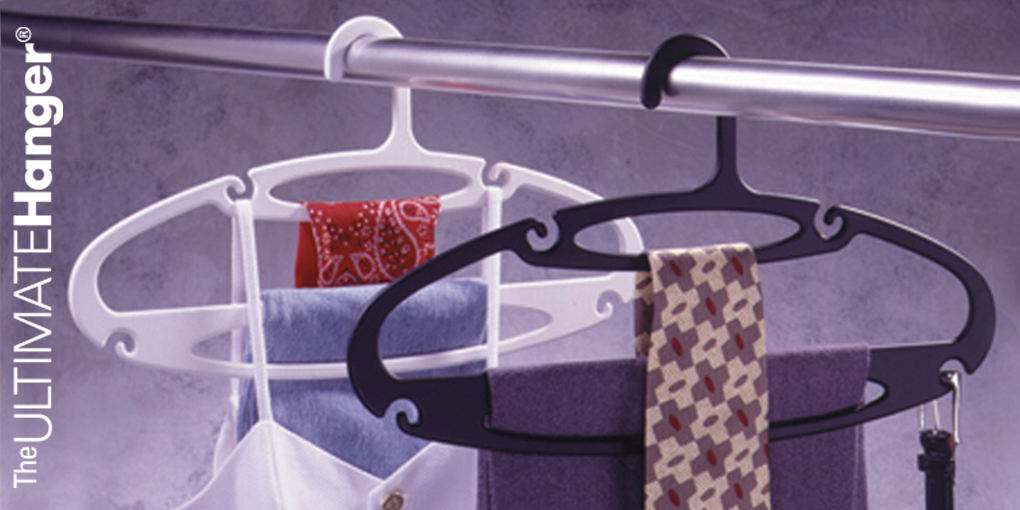
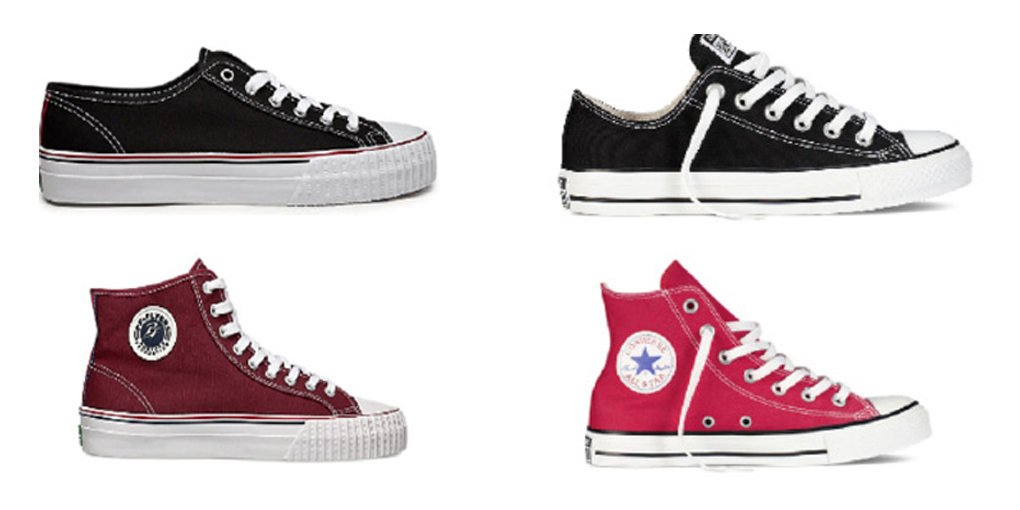
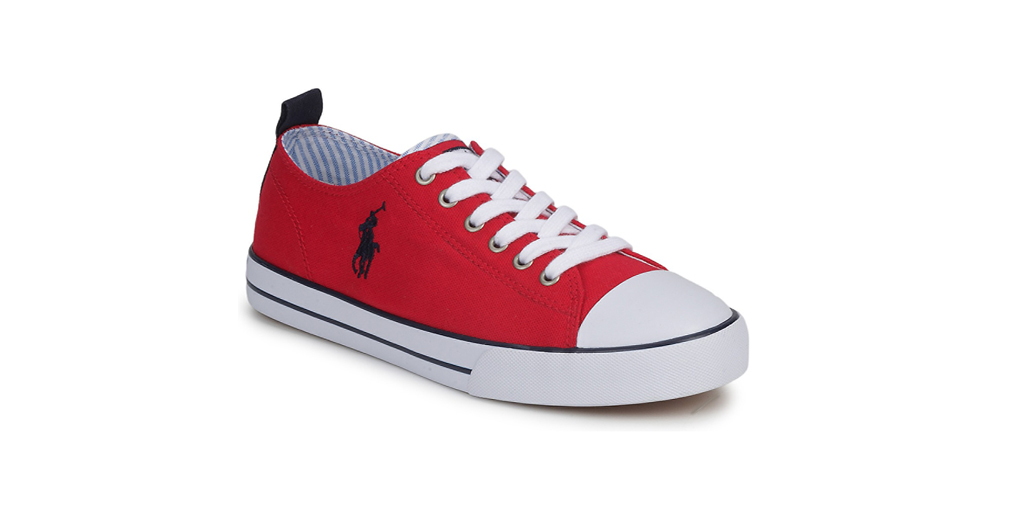

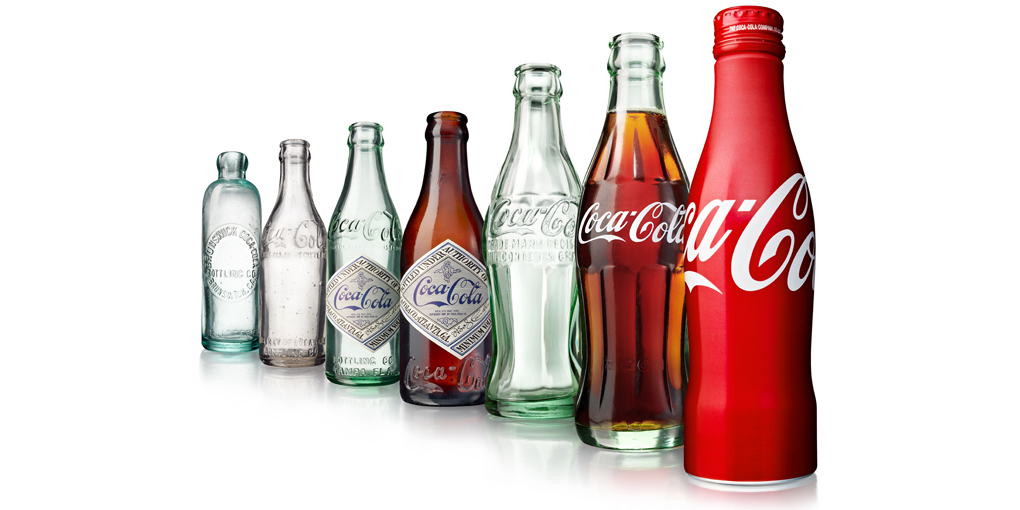
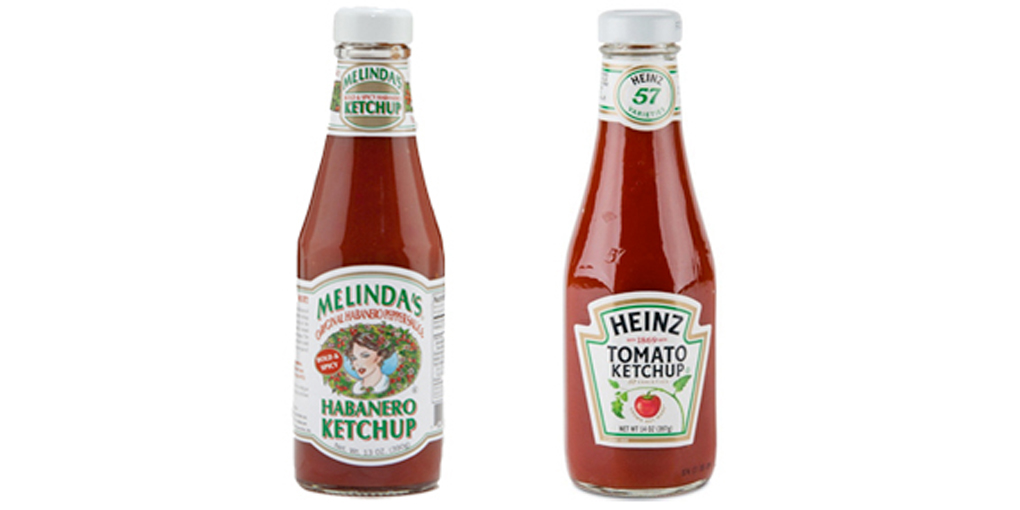
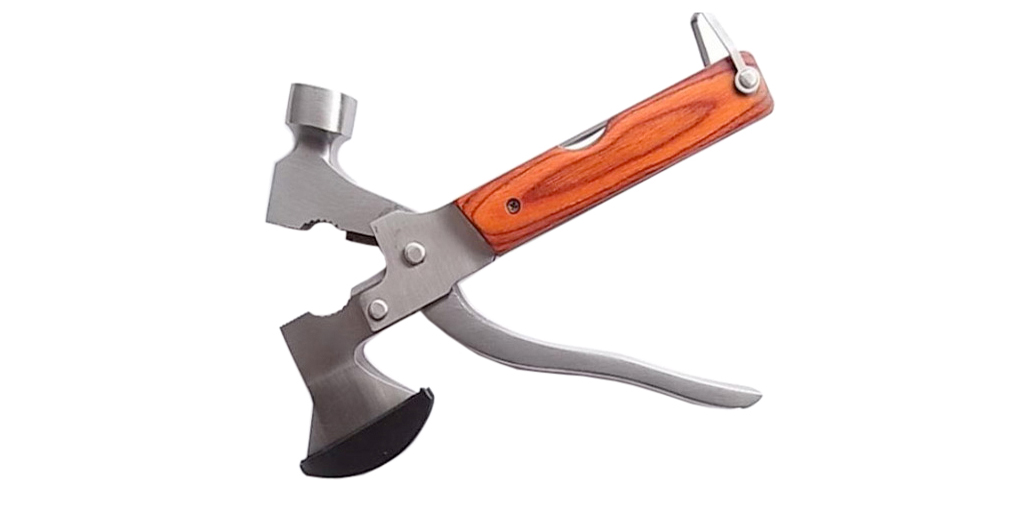
 Top
Top
